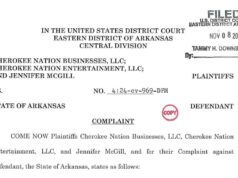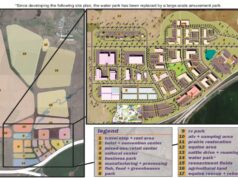
By Courtney Columbus and Erin Vogel-Fox
During the past 180 years-plus, Native Americans have gone from being forced out of their homes to becoming accepted as citizens and granted the right to vote.
Even after all the persecution and progress, the struggle continues for Native American voting rights. History reveals itself to be repeating somewhat, as a 2013 Supreme Court decision removed protections against discriminatory practices in states with a track record of such prejudices.
Timeline
1830: President signs the Indian Removal Act

The act requires tribes to move to unsettled lands west of the Mississippi River. Many resist, and nearly 4,000 Cherokees are killed during the migration — leading to the name Trail of Tears.
1879: Officer founds boarding school

U.S. Army officer Richard Henry Pratt founded the first off-reservation boarding school, in Carlisle, Pennsylvania. The U.S. government funded the school, and other schools cropped up across the nation. Pratt said Native American students needed to be assimilated: “Kill the Indian in him and save the man.”
1890: Naturalization Act provides pathway to citizenship
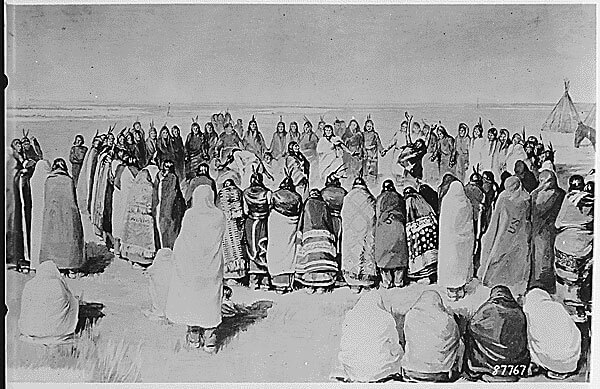
Enacted in 1890, the Indian Naturalization Act allows Native Americans to apply for citizenship.
Dec. 29, 1890: Hundreds killed at Wounded Knee
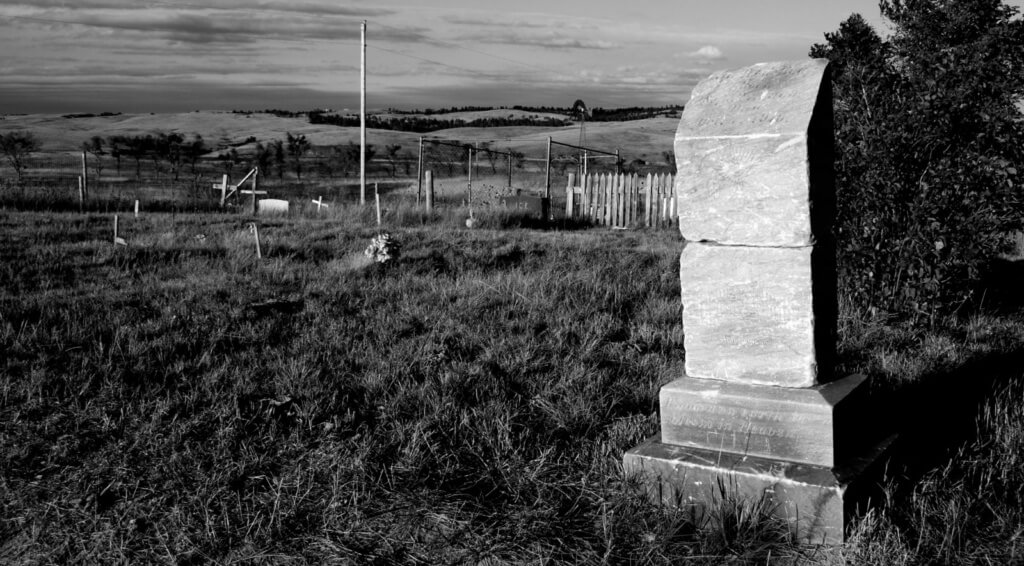
The massacre site where more than 250 Native Americans died is near homes on the Pine Ridge reservation.
June 2, 1924: President gives Native Americans right to vote
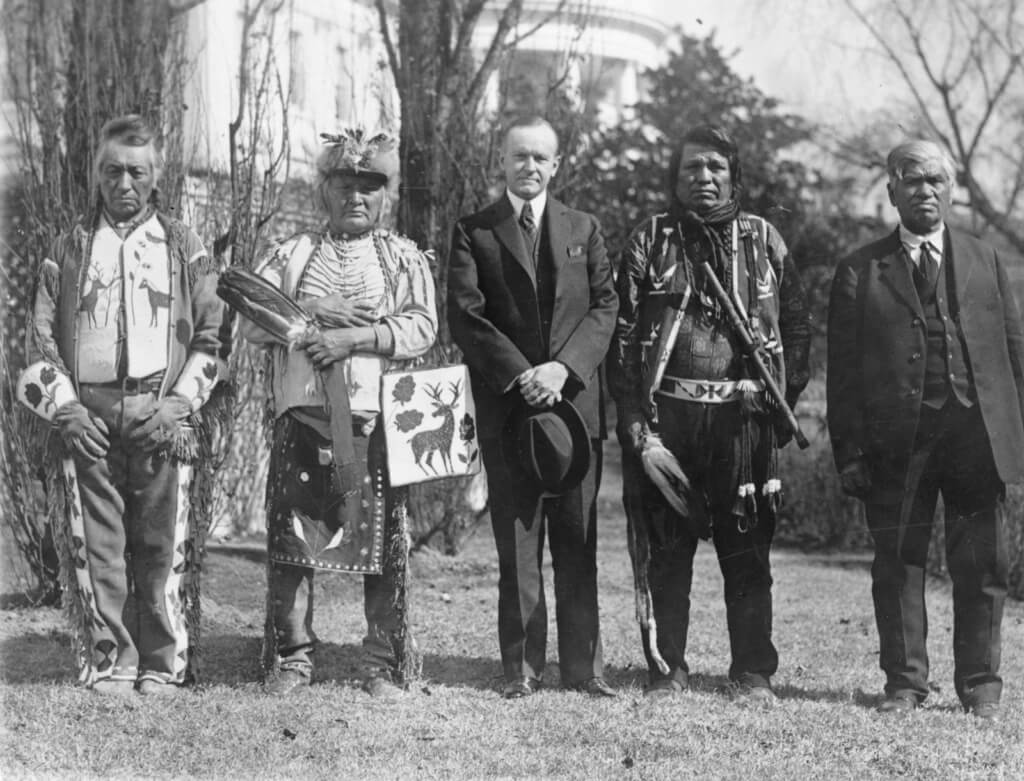
President Calvin Coolidge signs the Indian Citizenship Act, giving Native Americans the right to vote.
1941 to 1945: 44,000 Native Americans serve in World War II
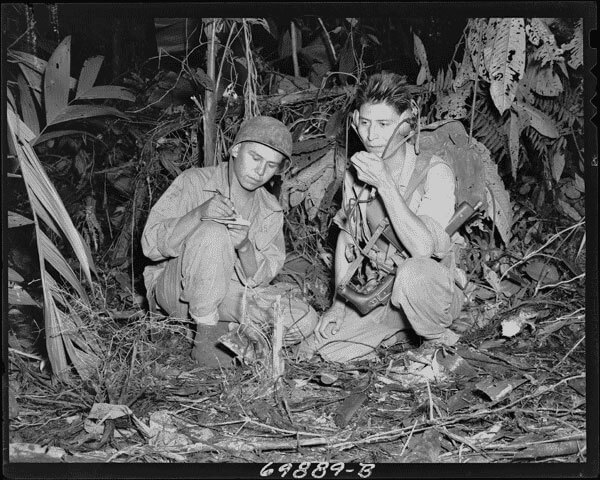
Ninety-nine percent of all eligible Native Americans had registered for the draft as of 1942. Many Native American women also served as nurses.
1948: County rejects voter registration applications
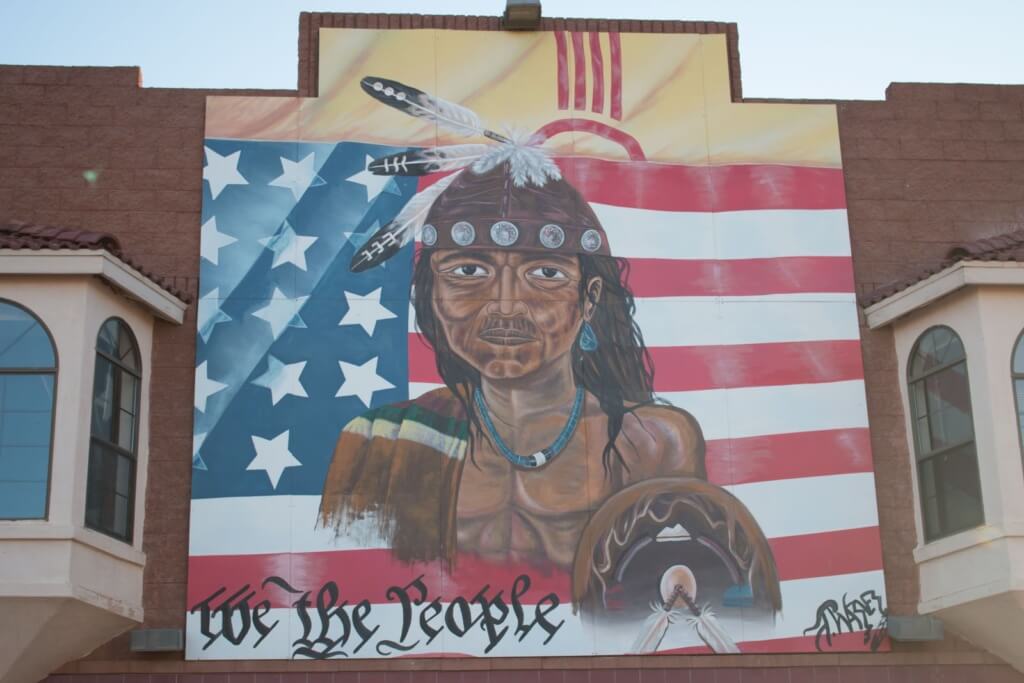
Before 1948, Native Americans in New Mexico had been denied the right to vote because the state constitution included the phrase “Indians not taxed may not vote.” The court rules in favor of plaintiff Miguel Trujillo, a veteran, and orders the Valencia County registrar to accept his voter registration application, according to court records.
1962: Native Americans gain voting rights in all states

New Mexico is the last state to change its laws and give all Native Americans the right to vote, according to the Library of Congress.
1975: Voting Rights Act amended
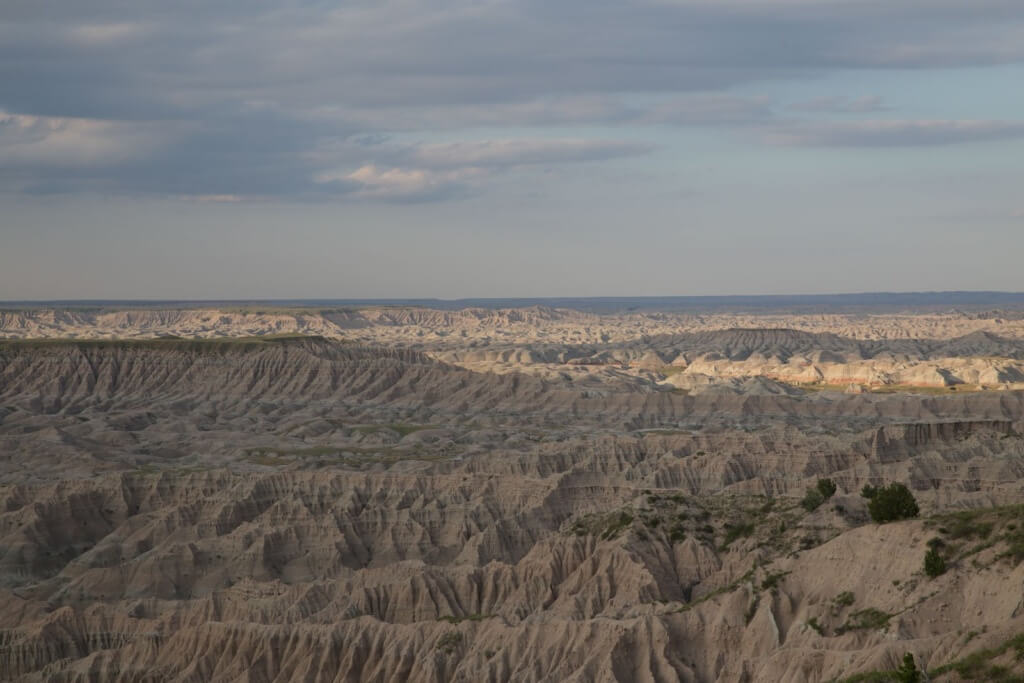
This amendment gives more protection to groups that are language minorities, including Native Americans. The amendment specifically cites Arizona, Alaska and two South Dakota counties for discriminating against Native Americans.
Aug. 11, 1978: Religious freedom act takes effect
Drummers play traditional songs at the Sisseton Wahpeton Oyate wacipi (powwow). The American Indian Religious Freedom Act gives Native Americans the right to practice their traditional ceremonies and have access to their sacred grounds.
Nov. 8, 1978: Act curbs forced separation of families

The Indian Child Welfare Act takes effect, giving Native Americans increased control over their children. According to the law, “an alarmingly high percentage of Indian families are broken up by the removal, often unwarranted, of their children from them by nontribal public and private agencies.”
1980: Native Americans allowed to run for county offices
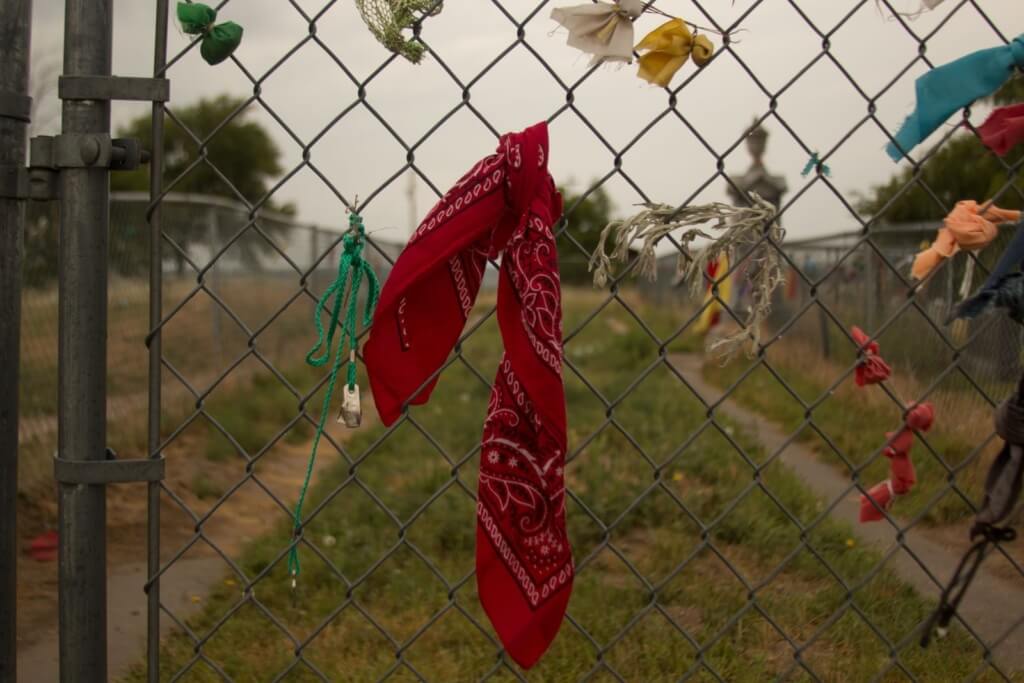
Residents of Shannon, Todd and Washabaugh counties in South Dakota, which all have “overwhelmingly” Native American populations – are allowed to hold county office, according to the Brooks v. Gant lawsuit.
1984: County rejects voter registration applications
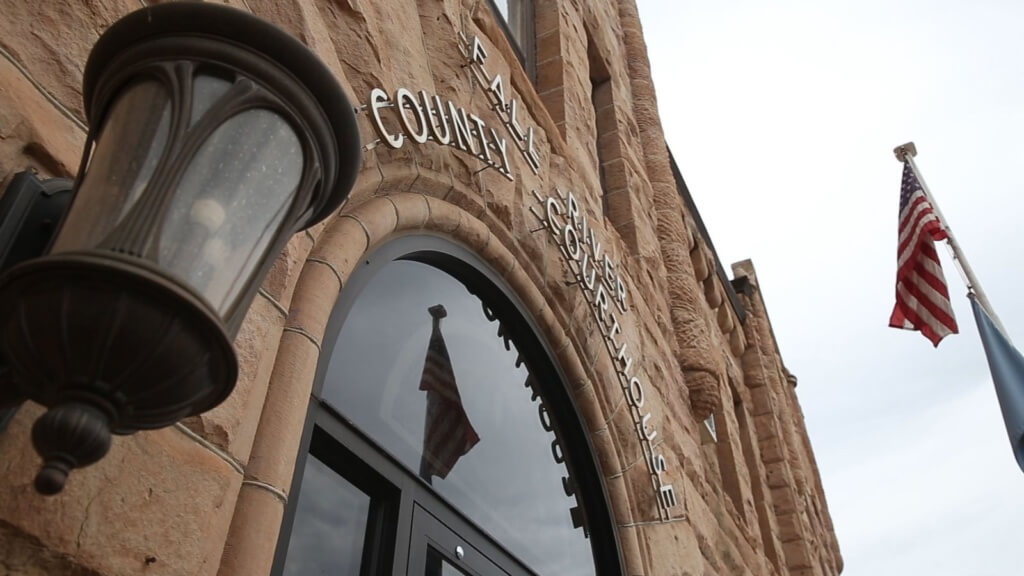
Joe American Horse turns in his voter registration application to the Fall River County auditor before the deadline, but the auditor refuses to accept it. He and others file a lawsuit. The day before the election, the court orders the county to allow American Horse and others named in the suit to vote.
2002: Native votes swing U.S. Senate election
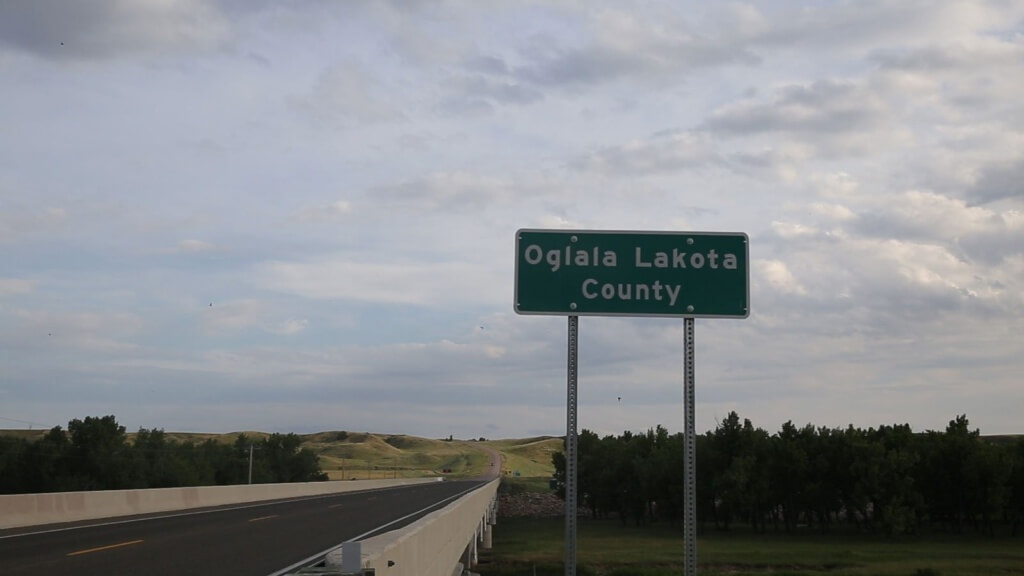
Researchers say votes from the Pine Ridge and Rosebud reservations in South Dakota tip the scales in favor of Democratic candidate Tim Johnson, who beats Republican candidate John Thune by 524 votes.
June 25, 2013: Supreme Court takes away voting protections
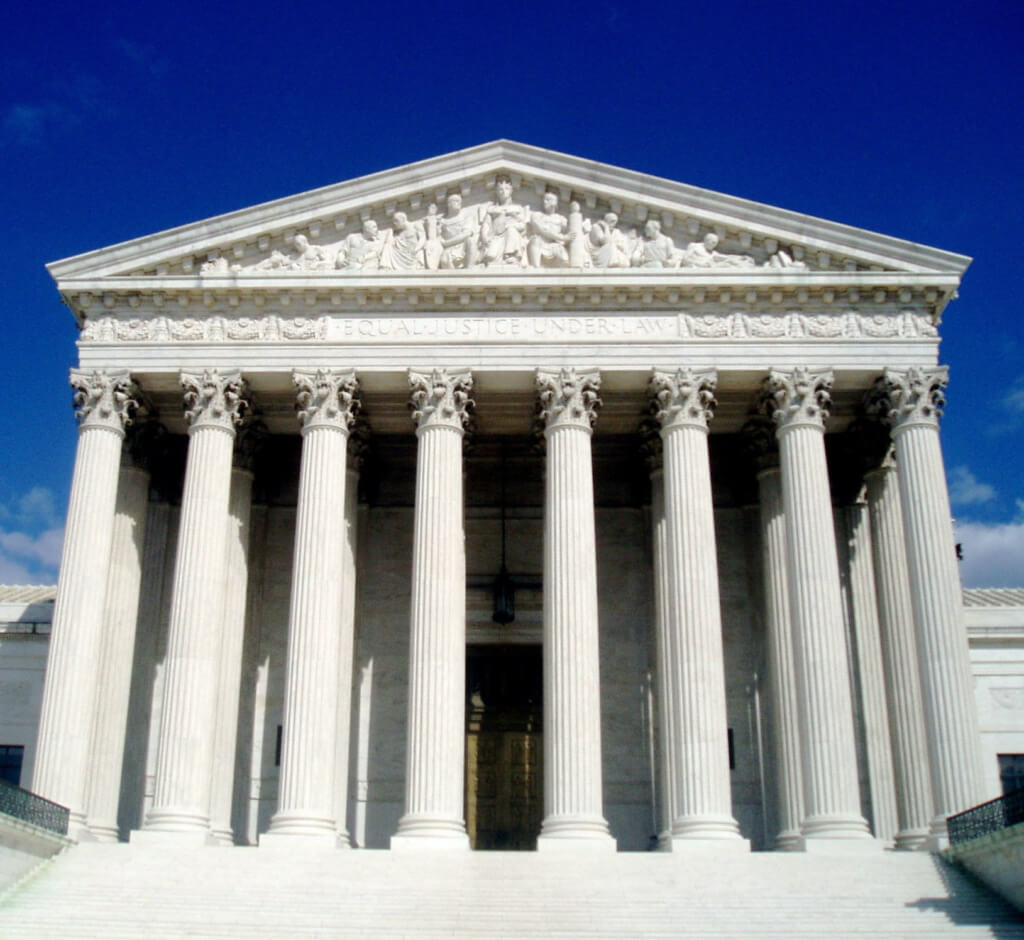
Alaska, Arizona and two counties in South Dakota with a history of discrimination against Native Americans no longer need to submit voting policy changes to the U.S. Department of Justice for approval.











